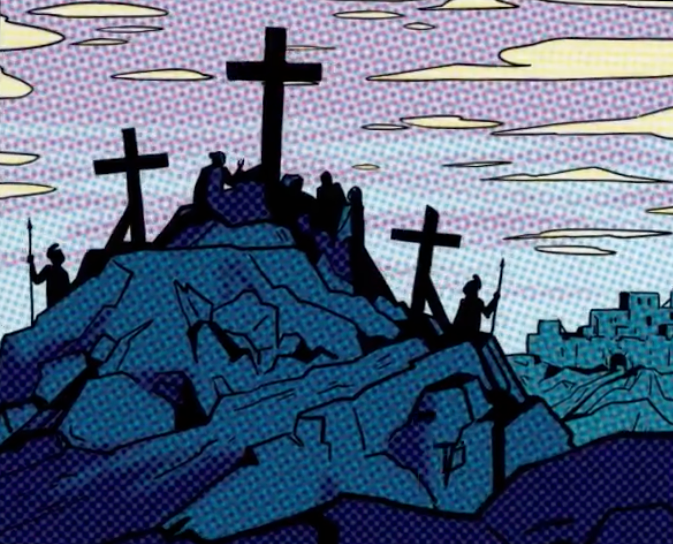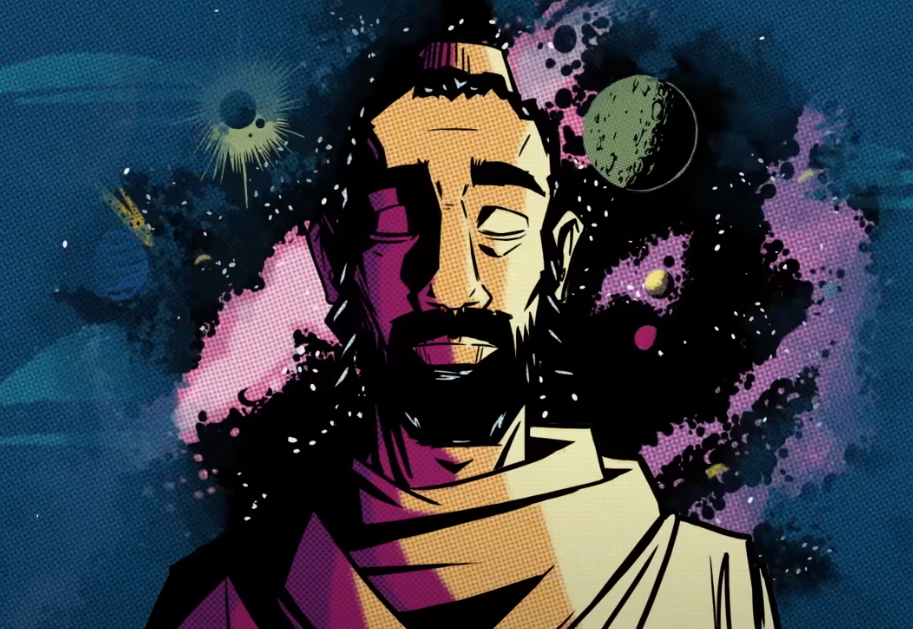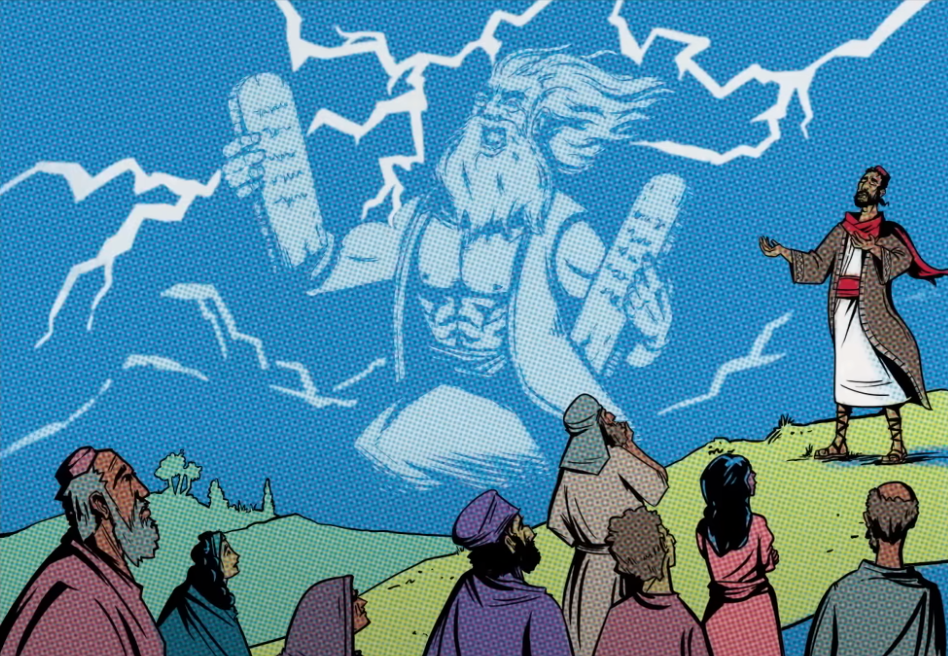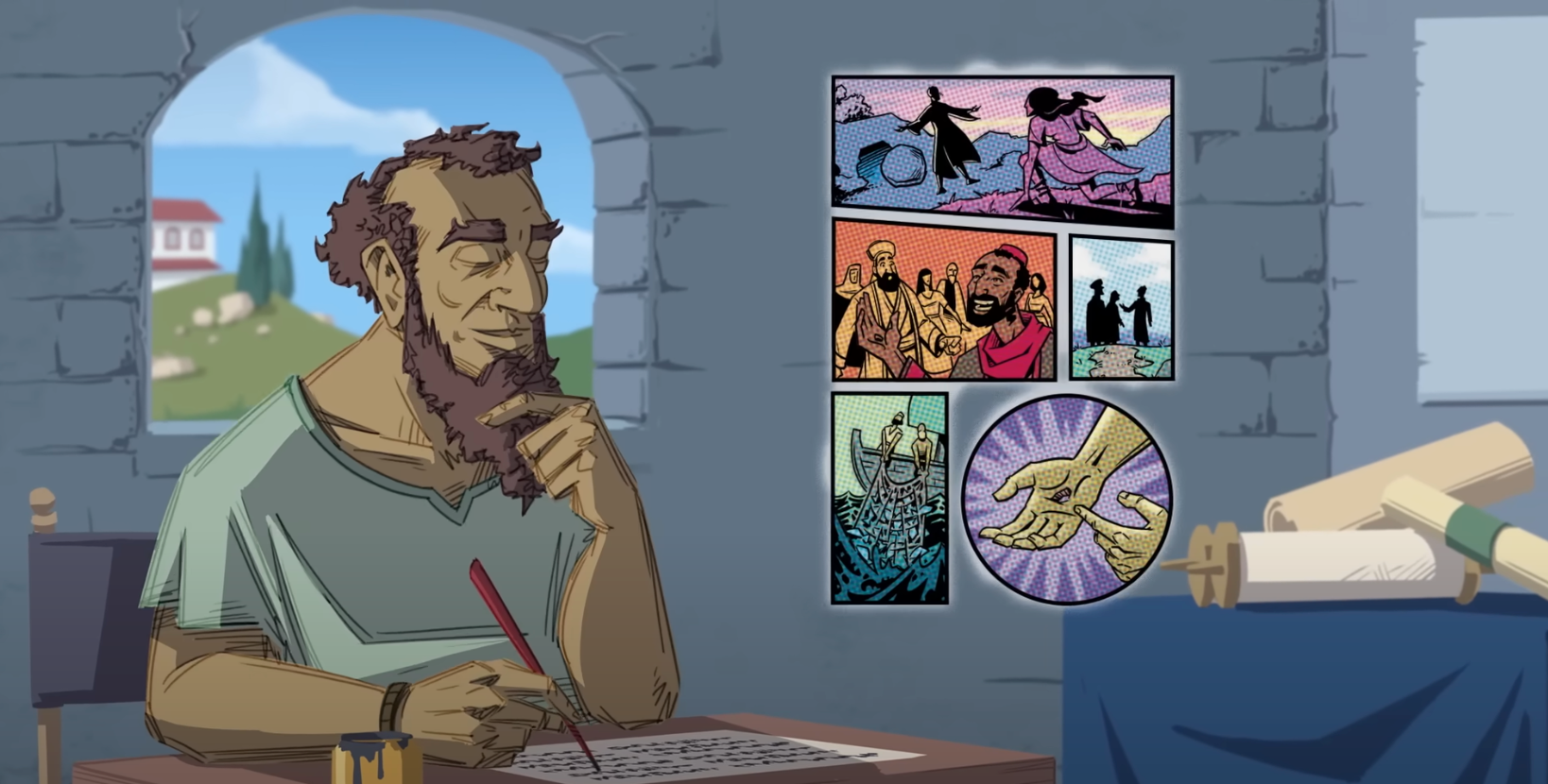Testimonies
Stories of skeptics who found undeniable truth in Jesus.
The Big Questions
How does the Bible explain Pre-Big Bang?
- Time, space, matter begin at “the beginning.” (Genesis 1:1 | John 1:3
- So there is no earlier physical moment to describe.
- God eternally exists outside time and freely creates. (Psalm 90:2 | Exodus 3:14
- Creation ex nihilo: what is seen isn’t from pre-existing stuff. (Hebrews 11:3)
The Big Bang model describes how our universe (including time) begins and evolves; it doesn’t explain why there is a universe or why its laws exist.
Scripture answers that “why” with a timeless, necessary cause, God, who wills the universe into being. Asking “what came before?” presupposes time, which (on both physics and biblical claims) starts at the beginning.
Thus “before” is a category mistake; the cause is non-temporal, non-material, and personal.
How can we trust the Bible?
1. Hebrew Bible preserved (Dead Sea Scrolls).
The Great Isaiah Scroll (1QIsaa) dates to ~100–125 BCE about 1,000 years older than medieval Hebrew manuscripts and lets us compare wording across a millennium. The Israel Museum hosts the full scroll online; scholarly overviews note the Masoretic text’s relative stability across this span.
IMJ | DSS Collections | Biblical Archaeology Society
2. P52 (John 18): a tiny Gospel fragment often dated to the 2nd century, held by the John Rylands Library. Digital Collections
3. P66 (Bodmer II, John) and P75 (Bodmer XIV–XV, Luke/John): substantial early papyri (2nd–3rd c.) documented by CSNTM and the Vatican Library.
manuscripts.csntm.org | vaticanlibrary.va
4. Non-Christian writers mention Jesus & early Christians.
Tacitus, Annals 15.44: “Christus … executed under Pontius Pilate” and Nero’s persecution of Christians in Rome. Penelope
Pliny the Younger, Ep. 10.96: Christians “sing a hymn to Christ as to a god.” Georgetown Faculty
Josephus, Ant. 20.200: notes “James, the brother of Jesus who was called Christ.” Lexundria
5. Named people confirmed archaeologically.
Pontius Pilate: the Pilate Stone from Caesarea bearing his name (Israel Museum). IMJ
Caiaphas (high priest): inscribed ossuary “Joseph son of Caiaphas” (Israel Museum). IMJ
6.Gospel places located/excavated.
Pool of Bethesda (John 5): excavations revealed two basins with five porticoes, matching the description many thought unlikely. Biblical Archaeology SocietyAcademia
Pool of Siloam (John 9): discovered in 2004 during pipe repairs; Israel authorities have announced full excavation/opening. Biblical Archaeology SocietyGovernment of Israel
First-century Galilee synagogues (context for Jesus’s ministry): at Magdala, two Second-Temple-period synagogues have been unearthed. Biblical Archaeology SocietySmithsonian Magazine
This matters because it moves the question from faith in a vacuum to evidence you can test. Early manuscripts narrow the gap to the events, limiting the growth of legend; Roman and Jewish writers place Jesus, Pilate, and early Christian worship in real time and place; and archaeology ties names and locations to the ground, making the claims falsifiable. You don’t need to assume inspiration treat the Bible as an ancient source and ask what best explains the data. If the people, places, and texts check out, the New Testament deserves a serious read, not a quick dismissal.
What documentation outside the Bible proved Jesus was real?
Multiple 1st–2nd-century non-Christian writers mention Jesus, his execution under Pontius Pilate, and the movement that worshiped him. Inscriptions and archaeology confirm key people and places in the Gospel setting.
Key texts (non-Christian)
Tacitus, Annals 15.44 (c. 116 CE): “Christus … suffered the death penalty in the reign of Tiberius, by sentence of the procurator Pontius Pilatus,” during Nero’s persecution of Christians after the fire of Rome. Penelope
Pliny the Younger, Letters 10.96 (c. 112 CE): reports Christians who “sing a hymn to Christ as to a god” and refuse to curse Christ. Georgetown Faculty
Josephus, Antiquities 20.200 (c. 93–94 CE): mentions “James, the brother of Jesus who was called Christ.” (a widely accepted passage). Lexundria
Josephus, Antiquities 18.3.3: a notice about Jesus (the Testimonium Flavianum); most scholars see it as partially authentic with later Christian embellishments. LexundriaWikipedia
Suetonius, Life of Claudius 25.4 (c. 120 CE): notes Claudius expelled Jews from Rome over disturbances “at the instigation of Chrestus,” likely a garbled reference to Christ. Penelope
Lucian of Samosata, Passing of Peregrinus 11–13 (2nd c.): mocks Christians who worship a crucified man and live by his laws. scaife.perseus.org
Mara bar Serapion (1st–2nd c.): a pagan letter about the execution of the “wise king of the Jews,” whose teachings lived on. New Advent
Babylonian Talmud, Sanhedrin 43a: later Jewish text that remembers Yeshu being executed on Passover eve (hostile but independent). Sefaria
Names and places in stone and in the ground
Pontius Pilate inscription (“Pilate Stone,” Caesarea, 1961): confirms Pilate as prefect in Judea—the official who condemned Jesus. (Israel Museum entry & scholarly database.) IMJjudaism-and-rome.org
“Joseph son of Caiaphas” ossuary (Jerusalem, 1990): identifies the high-priestly family tied to Jesus’ trial. (Israel Museum). IMJ
Pool of Siloam (exposed 2004; ongoing excavation/opening): matches John 9’s setting in 1st-century Jerusalem. Gov.ilעיר דוד
Why this counts
History looks for independent, proximate sources and corroborated context. Here we have Roman and Jewish writers (hostile or neutral) tying Jesus to Pilate and early Christian worship, plus archaeology confirming the officials and locations in the narrative world. That doesn’t prove every theological claim, but it shows Jesus was a real figure in a verifiable 1st-century setting.
Penelope | Georgetown Faculty | Lexundria | IMJ
How do we know that the gospels weren't created for control by the church?
The “control by the church” theory doesn’t fit what we know of the first-century context. The Gospels emerged from small, scattered, often-persecuted communities, long before there was a centralized church with power to engineer a propaganda project. Independent Roman/Jewish writers, archaeology, and early manuscript evidence all anchor the Gospel world in real history.
Why “written for control” doesn’t fit the facts
- There wasn’t a powerful church to do the controlling when the Gospels arose.
Earliest Christians were marginal and sometimes persecuted. Roman officials describe them from the outside: Pliny (c. 112 CE) says they sang hymns to Christ “as to a god,” and Tacitus (c. 116 CE) reports “Christus” was executed under Pontius Pilate and that Nero punished Christians in Rome. This is hardly the setting for a top-down propaganda machine.
York University | Penelope - Independent, non-Christian references place Jesus and his movement in real time.
Josephus (c. 93–94 CE) mentions “James, the brother of Jesus who was called Christ.” That’s an outsider naming Jesus and his circle. Lexundria - Archaeology confirms key officials and places in the Gospel setting.
We have Pilate’s name carved in stone from Caesarea (the “Pilate Stone”), the ossuary inscribed “Joseph son of Caiaphas” (the high priest), and excavations of Jerusalem sites like the Pool of Bethesda (with its five porticoes) and the Pool of Siloam—all matching the texts’ on-the-ground details. - Early circulation across the Mediterranean makes centralized editing unlikely.
Fragments and codices of the Gospels turn up early and far from their points of origin the Rylands P52 of John found in Egypt and often dated to the earlier 2nd century; substantial John papyri (P66/P75) are also very early. That dispersion cuts against a single authority shaping one “control” text.
The BAS Library | manuscripts.csntm.org - Recognition of the four Gospels predates imperial Christianity.
By around 180 CE, Irenaeus argues for the fourfold Gospel (Matthew, Mark, Luke, John). The Muratorian Fragment (late 2nd cent.) lists most NT books. This is long before Constantine or Nicaea—and Nicaea (325) did not decide the canon; it dealt with Arianism.
New Advent | Encyclopedia Britannica - The content isn’t what you’d write if you were crafting slick propaganda.
The Gospels feature a crucified leader (a shameful Roman penalty), frightened and failing disciples, and women as first witnessesha rd sells in that culture if your goal is control. Even Tacitus calls crucifixion “the extreme penalty.” Penelope
What about dates?
Most critical scholars date Mark around ~70 CE, Matthew/Luke ~80–90, and John ~90–95 within living memory of the events, with earlier Christian letters (e.g., 1 Corinthians c. 53–54 CE) already circulating. That’s decades, not centuries tight enough for public claims to be challenged.
Encyclopedia Britannica
The best available external checks Roman and Jewish writers, named officials in stone and bone, excavated locations, early and dispersed manuscripts, and pre-imperial recognition of the four Gospels don’t look like the product of a late, centralized “church control” project. They look like texts rooted in a first-century movement that was scrutinized, sometimes harassed, and spread fast enough that its documents couldn’t easily be engineered from the top down.

Science + Faith
If reality can be both wave and particle, what else are we missing? See how quantum paradox meets Scripture, and why discernment matters more than ever.

I was an atheist
After diving into wave-particle duality and neuroscience for decades, I convinced myself the universe could be engineered with the right knowledge and willpower.
“Man-made religion” was a joke to me. I debated Christians and felt smart for it.
On paper I was successful, yet the anxiety of constant self-creation grew, and the ache in my chest never went away. Money did not fix it. Achievement did not fix it.
When the pressure to manifest every outcome started breaking me, I finally asked a different question: What if truth is bigger than me? That is when faith stopped being a punchline and became a real possibility.
Who Is Jesus?
Maybe you’ve dismissed faith your whole life. Maybe it’s always felt made-up. But what if Jesus isn’t a myth? What if He’s the truth behind it all?






How Do I Give My Life to Jesus
If you believe in your heart that Jesus came, died, and rose again, He promises you forgiveness, peace, and new life. You do not need to have every question answered or every doubt resolved today. What matters is taking one honest step toward Him.

